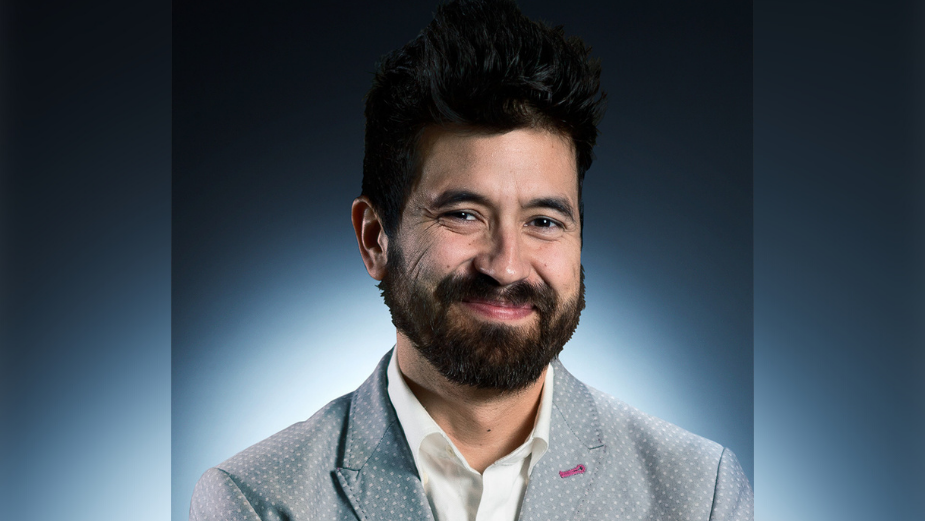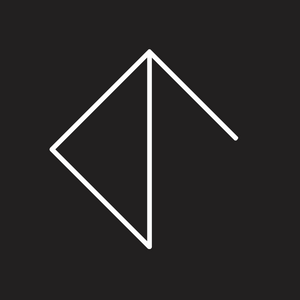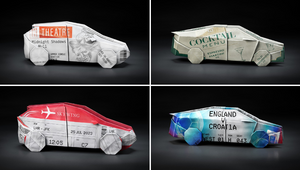
The Directors: David Rasura

Since beginning his professional career in Dallas, David has specialised in visual story-telling experiences that are engaging and memorable. An accomplished Director, Designer and Animator, his experience has spanned over 19 years across multiple platforms from animation, music, photography, and beyond. His unique vision has helped usher in brand expressions for American Express, Target, MTV, Facebook, Instagram, Syfy, Nicktoons and Cartoon Network to name a few.
When not working on client projects, David enjoys street photography and composing music.
Name: David Rasura
Location: Los Angeles, CA
Repped by/in: Taylor James
LBB> What elements of a script sets one apart from the other and what sort of scripts get you excited to shoot them?
David> For me, and I say this as someone who also writes scripts, it is less about the script and more about the story the client wants to tell. Scripts can be changed, but the story will always remain. Another element that helps push the creative that isn’t the script is the passion the client has for the project. When I receive a brief that a client is passionate about, I can connect to it immediately. When I can connect with the client on a story, I feel like an amazing script will come from it.
LBB> How do you approach creating a treatment for a spot?
David> The first thing I do on every treatment is see what’s out there. What is everyone else is doing? I spend hours looking through amazing work, so I can be current on what’s connecting with audiences, artists, and clients today. Then, I put on a good pair of headphones and close my eyes. I can see all the amazing artwork that I just researched floating in space. Then I start looking at them one by one, to see what will fit the story and figure out what I want to put in a treatment. This used to take me hours and lots of sitting on floors for an idea to start to form, but after about fourteen plus years of practice, I have learned to trust my gut and go with the idea that I connect with the most.
Once I have spawned an idea, I work with a team at Taylor James to put a skeleton deck and a rough outline together. We title each of the sections of our deck, then write out our ideas that we feel will push the project to its most artistic limit. After that, we start filling in the deck with references we believe will represent the idea best, and then we add our own work to show the client that, yes, we can do what we say.
LBB> If the script is for a brand that you're not familiar with/ don’t have a big affinity with or a market you're new to, how important is it for you to do research and understand that strategic and contextual side of the ad? If it’s important to you, how do you do it?
David> One of the most important parts, for me, is knowing the brand and product we’re working with. You can’t tell a story in a way it deserves to be told without doing any research. I think learning the smallest details of a product or market you are trying to sell can help the script or the visual planning. For example, if the job is to animate typography, that can be informed by the look of a product. Like, if the product is a Bluetooth headphone, that requires you to turn a small wheel to turn up the volume, the typography can be animated in a way that matches the action of turning the wheel.
LBB> For you, what is the most important working relationship for a director to have with another person in making an ad? And why?
David> One of the most important relationships I have as a director is my relationship with my team. I am nothing without the amazing team I work with. Whether we are creating an animation or shooting live-action, I am always working very closely with my team, as we work together to create a story and vision. We work together to create style frames at the beginning of every job to see what our final look can be. To me that is 75% of the job. After we find the look and story, the rest of the job flows like butter on sourdough toast.
LBB> What type of work are you most passionate about - is there a particular genre or subject matter or style you are most drawn to?
David> I am pulled towards the illustration and animation world. There is limitless possibilities on how to tell stories in illustration, whether it be a still or animation. We can create so much emotion with colour, lighting, and the style of art. Animation has been a passion of mine since the early days of Pixar when Toy Story came out. I couldn’t believe the emotions that I felt as I watched an animated film. I have been lucky in my life, as I was able to work on big projects like Jimmy Neutron for Nickelodeon for two seasons, before heading into the advertising world. In the advertising world, the stories are endless with every project.
LBB> What’s the craziest problem you’ve come across in the course of a production – and how did you solve it?
David> I have worked on multiple jobs with the United Nations, and each had large challenges that we had to solve. One job in particular had about eight teams at the UN working with me on a two-minute animation. While writing the script, my number one job was to figure out the copy, but I also had to make sure that each team was given equal time in the spot. I had teams fighting each other because one team had an extra two seconds for their section. Things were so crazy that I was on the phone with the UN during the final audio mix.
LBB> How do you strike the balance between being open/collaborative with the agency and brand client while also protecting the idea?
David> I don’t think I ever protect the idea; there’s no reason to protect an idea. I take what they come up with, and develop it into a good idea. I take the idea, and mold it into something they really like and enjoy. It needs to be something they connect with. If the client or agency want a huge change, I work with them to find a solution that makes the project that much better. Sometimes I switch an entire project in the first fifteen minutes of a call, four weeks into a project. If I protect the idea, it is to stay on schedule. I also don’t want the people working underneath me to work all night for something that’s totally changed directions.
LBB> What are your thoughts on opening up the production world to a more diverse pool of talent? Are you open to mentoring and apprenticeships on set?
David> We already work with a diverse pool of talent. We work with people across the entire Earth. If I think a talent is amazing, I’ll work on their hours. New Zealand is 4pm our time; I’ll work into the evening to be able to work with great talent across the world. My favoruite thing to do is work with mentees or interns. First and foremost, I’m a teacher. If we find someone with raw talent, I will help point them in a direction to help them grow; I’ll be there for them 100% during the project.
LBB> How do you feel the pandemic is going to influence the way you work into the longer term? Have you picked up new habits that you feel will stick around for a long time?
David> Being able to work from home is amazing. The way that I work hasn’t changed too much; I’m already used to Zoom calls. My favourite thing is being able to see everyone’s homes; it brings a more personal feel to all the projects, when you can see your clients and colleagues in their home. I’m able to connect with them on a deeper personal level.
Bringing joy to every project is important to me. I miss the office, and being silly with people. Being able to be in an office helps relax the brain. When you’re at home, your brain is always working and doesn’t get to turn off for a hot second. On our morning calls, we’re just being silly.
LBB> Your work is now presented in so many different formats - to what extent do you keep each in mind while you're working (and, equally, to what degree is it possible to do so)?
David> Almost every project is in many different formats, no matter what you’re doing. What we try to do is make everything in the square. We shoot, animate, do anything, a little wider, and keep it in a square format. That allows us to crop out that square into any size or shape that’s needed for wherever -- Facebook, Instagram.
We’re working on a project right now, that we’re making sure to shoot really wide, keeping the crops in mind.
When we shoot live action, we’re trying to shoot more 4x3. There’s more info to play with, rather than 16x9.
LBB> What’s your relationship with new technology and, if at all, how do you incorporate future-facing tech into your work (e.g. virtual production, interactive storytelling, AI/data-driven visuals etc)?
David> Because of the pandemic, we had to search out new technologies. In Spring 2020, no shoots were happening, and we had a project that required talent riding a bicycle. We made the project happen by shooting a mannequin, 3D-scanning wardrobe, the mannequin, creating the bike and setting in 3D, and using ‘talent’ that is an amalgamation of people who allowed themselves to be scanned in 3D. The project was completed by putting all those puzzle pieces together.
LBB> Which pieces of work do you feel really show off what you do best – and why?
David> Here are some of my favourite projects – they’re that fun animation that I love so much.













